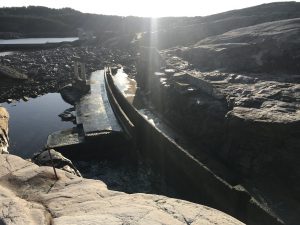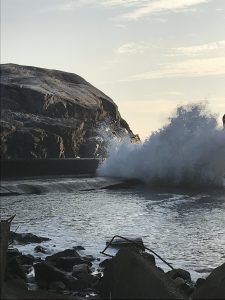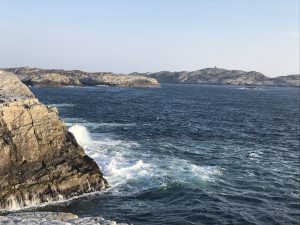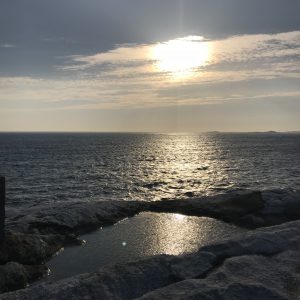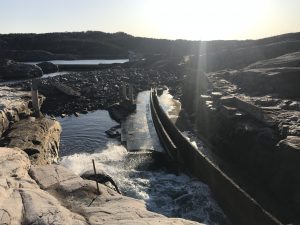
#BergenWaveWatching: Ruins of a wave power plant
Reposted from Elin’s blog: Kjersti, Steffi, Elin and myself (Mirjam) recently discussed ways to better integrate the GEOF105 student cruise into the course. My suggestion was to ask the students…
